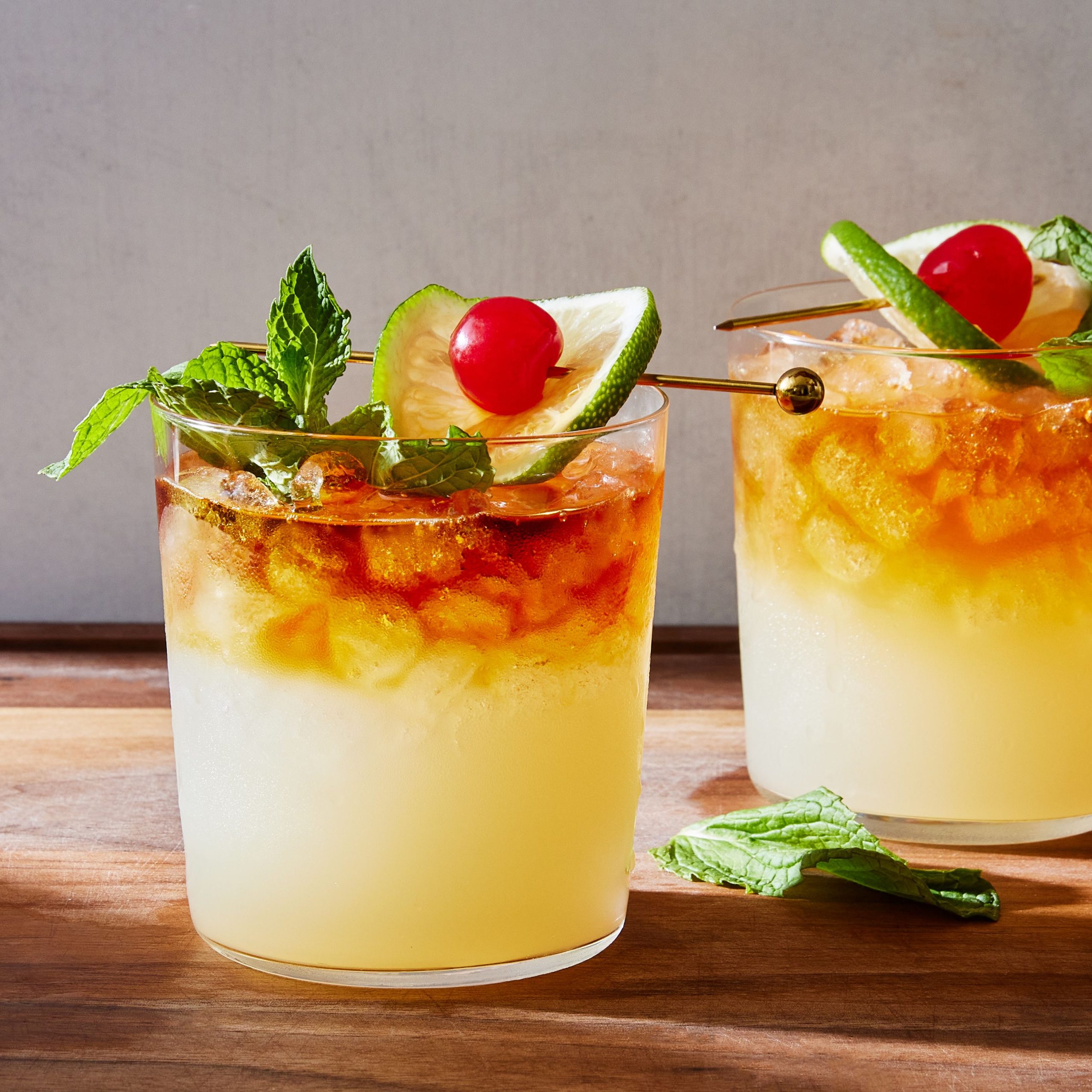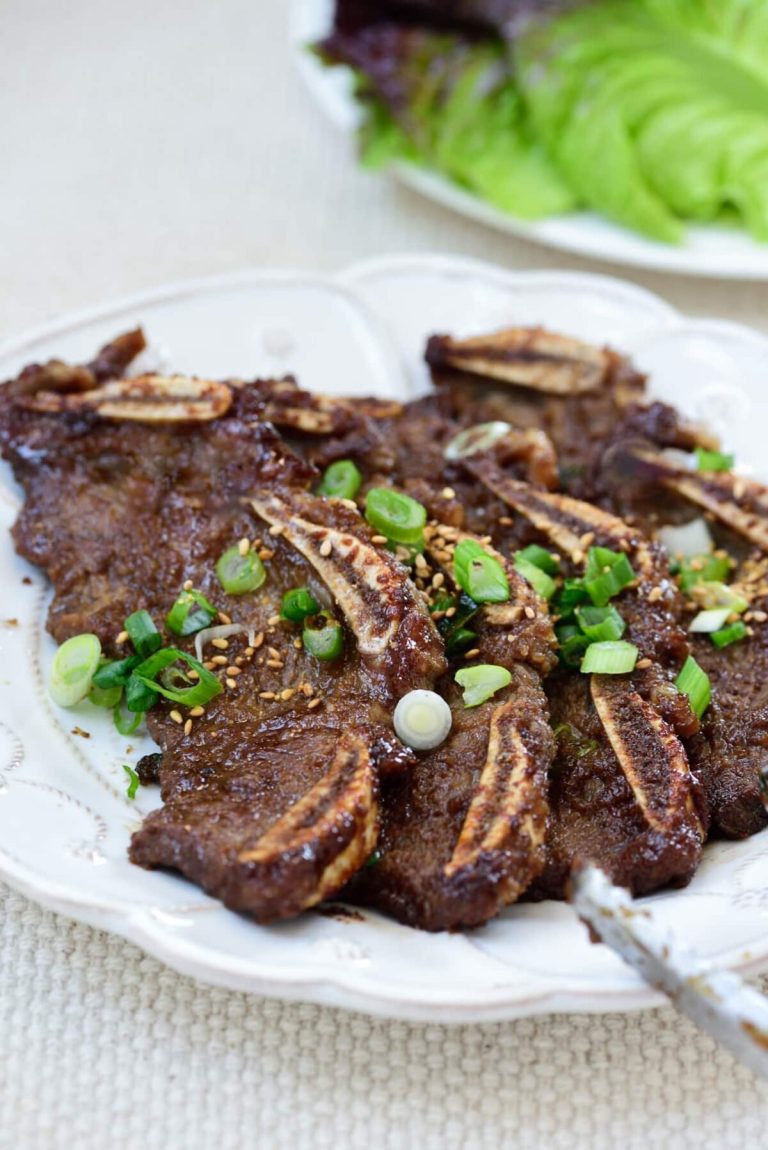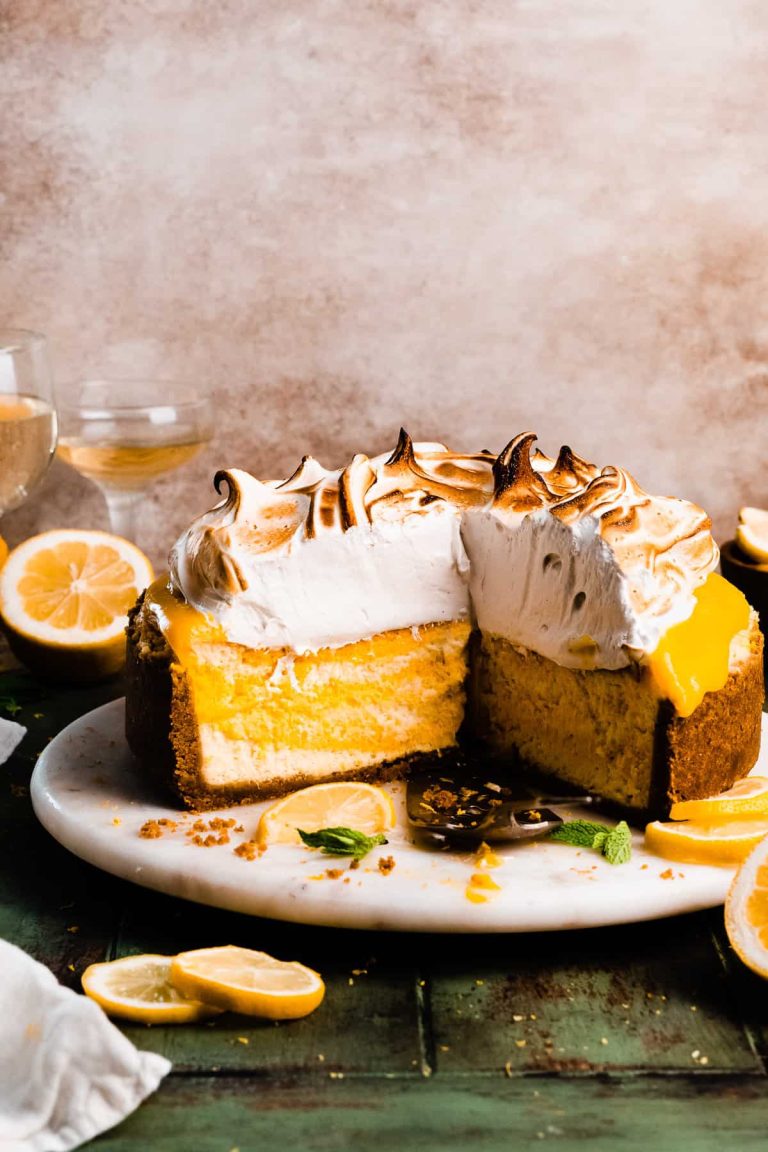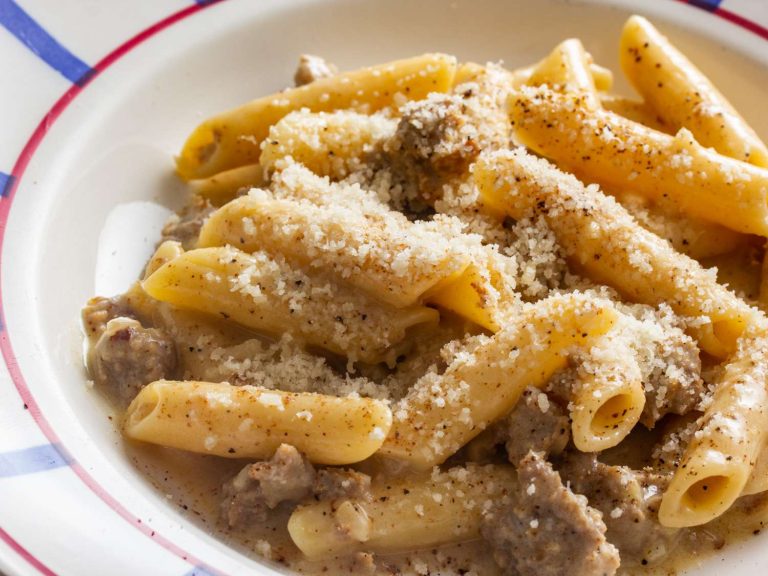Mai Tai: History, Ingredients, and Modern Twists Explained
The Mai Tai cocktail emerged in the 1940s during the rise of Tiki culture. Trader Vic’s, a well-known Tiki bar in California, claims the Mai Tai’s creation. Victor J. “Trader Vic” Bergeron introduced this exotic drink to his customers, showcasing tropical flavors. Tiki culture, inspired by Polynesian themes, gained immense popularity during this time, with people seeking escapist experiences amid World War II’s bleak realities. The Mai Tai quickly became a symbol of this cultural phenomenon, representing island paradise in a glass.
Evolution of the Recipe
Over the years, the Mai Tai’s recipe evolved, incorporating different ingredients and variations. The original recipe, featuring aged rum, fresh lime juice, orgeat syrup, and orange liqueur, set the standard for a balanced tropical cocktail. However, variations emerged as bartenders experimented. Some recipes included pineapple juice, grenadine, or dark rum floats. Despite these changes, the core elements remain consistent, maintaining the Mai Tai’s distinct flavor profile. Modern mixes often adapt to suit local palates, blending tradition with innovation while preserving the essence of this classic Tiki drink.
The Essential Ingredients
Rum: The Spirit of Choice
Rum forms the backbone of the Mai Tai. You’ll need two types: a light or golden rum and an aged or dark rum. Light rum (such as Bacardi Gold) offers a milder flavor, while aged rum (like Appleton Estate) brings depth and complexity. Together, these rums create the cocktail’s distinctive character.
Fresh Citrus: A Tangy Touch
Fresh lime juice provides the necessary tang, balancing the drink’s sweetness. Always use freshly squeezed lime juice; bottled alternatives lack the crispness and zest needed for an authentic Mai Tai. Lime juice not only adds acidity but also enhances the overall flavor profile, making the cocktail refreshing.
Crafting the Perfect Mai Tai
The Role of Ice
Quality ice is crucial in crafting the perfect Mai Tai. Large ice cubes work best since they melt slowly and prevent diluting the cocktail. Measure carefully to maintain proportion. Use ice molds or larger chunks, avoiding crushed ice except for aesthetic garnishing. The gradual melting imparts a smoother sipping experience and maintains the integrity of the flavors.
Shaking vs. Stirring
Shaking is the preferred method for a Mai Tai. Combining ingredients in a shaker ensures thorough blending of flavors. Fill the shaker two-thirds full with ice before adding the spirits and mixers. Shake vigorously for about 15 seconds to achieve the right consistency. Strain into a glass over fresh ice. Stirring is reserved for drinks with purely alcoholic contents, while shaking integrates citrus and syrups effectively.
Variations on the Classic Mai Tai
Regional Twists
Exploring regional twists on the classic Mai Tai showcases its adaptability. In Hawaii, bartenders often add pineapple juice, giving the Mai Tai a sweeter, tropical profile. Adding grenadine creates a more vibrant color, enhancing visual appeal. The Tahitian version often incorporates grapefruit juice, providing a slightly bitter twist to the otherwise fruity mix. Caribbean variations tend to highlight local rums and sometimes add a splash of bitters, giving a balanced finish to the cocktail.
Modern Interpretations
Modern interpretations of the Mai Tai offer innovative renditions. Bartenders at upscale bars might use premium aged rums for a more refined taste. Some opt for spiced rum, infusing warmth and complexity. Incorporating fruit purees like mango or passion fruit adds a fresh dimension. Molecular mixologists sometimes deconstruct the Mai Tai, turning it into a layered drink that plays with textures. Experimenting with different citrus elements—like yuzu or blood orange—can also create unique flavor profiles while maintaining the cocktail’s essence.
The Perfect Mai Tai Experience
Presentation and Garnishes
Crafting a visually appealing Mai Tai enhances the drinking experience. Use a chilled double old-fashioned glass to serve. Opt for clear, large ice cubes for the best presentation and minimal dilution.
Top the Mai Tai with a float of dark rum to add depth to the appearance. Garnish with a fresh mint sprig, which adds color and aroma. Include a lime wheel and a maraschino cherry for a classic touch. Some variations use an orange wedge or pineapple spear if regional influences are desired. The goal is to create a vibrant, inviting look.
Pairing Suggestions
When pairing food with a Mai Tai, focus on tropical and flavorful options. Consider serving seafood dishes like shrimp cocktail or grilled fish tacos. The fresh, zesty notes of the Mai Tai complement these offerings. Alternatively, pair with spicy foods such as jerk chicken or Thai curry to balance the sweet and citrusy elements of the cocktail.
For a snack, opt for items like coconut shrimp or fruit skewers, which resonate with the tropical essence of the Mai Tai. Cheese platters, featuring mild, creamy cheeses, also pair well by providing a rich contrast to the drink’s flavors. Select dishes that enhance, not overpower, the refreshing profile of the Mai Tai.
Conclusion
Crafting the perfect Mai Tai is an art that combines history, quality ingredients, and thoughtful presentation. By using light and aged rums, freshly squeezed lime juice, and quality ice, you can create a cocktail that’s both refreshing and complex. Don’t forget to experiment with regional twists and modern interpretations to keep things interesting. Serve your Mai Tai in a chilled glass with classic garnishes, and pair it with tropical or spicy dishes for an unforgettable experience. Cheers to mastering the perfect Mai Tai!






